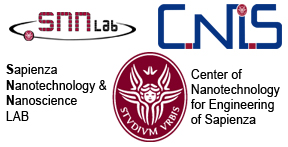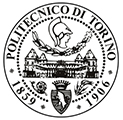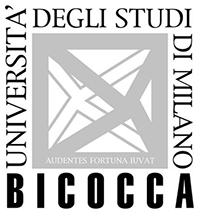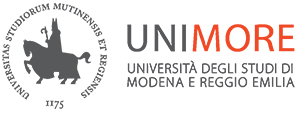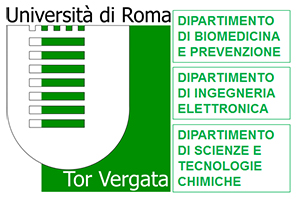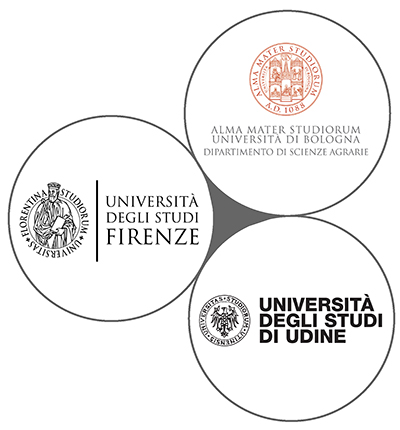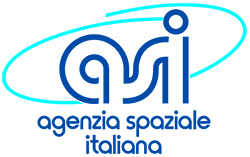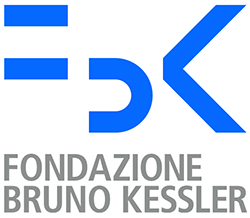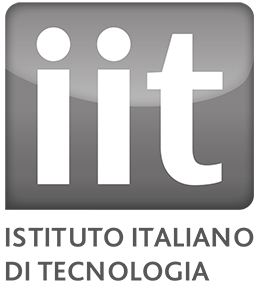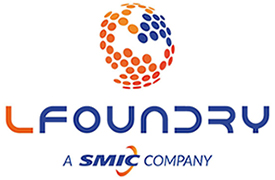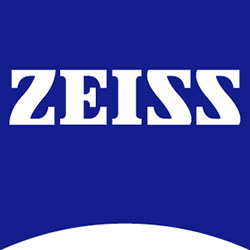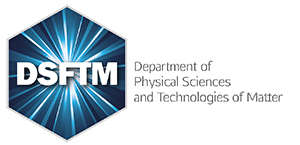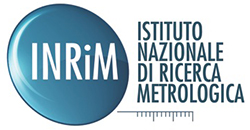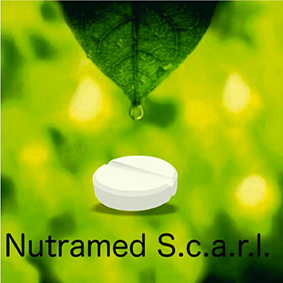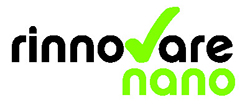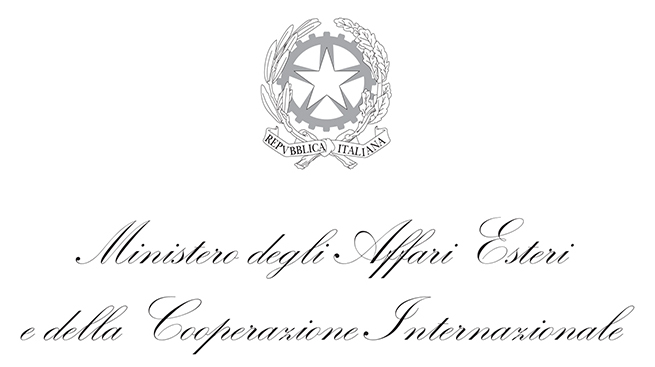 11:00 - 12:30
11:00 - 12:30
| Disordered systems: from Physics to Biology |
SYNOPSIS
|
TT.VII.C.1
|
Leonetta BALDASSARRI CV
Sapienza University of Rome
Infrared nano-spectroscopy study of the heterogeneity of protein conformation in purple membranes abst
|
| TT.VII.C.2 |
Davide CAPRINI CV
Sapienza University of Rome
Diffraction-free and self-healing ultrasound bessel beam abst
|
| TT.VII.C.3 |
Giorgio GOSTI CV
Center for Life Nanoscience CLNS-IIT, Rome
Live imaging of collective behavior in cell populations abst
|
| TT.VII.C.4 |
Silvia GHIRGA CV
Center for Life Nanoscience CLNS-IIT, Rome
Optically induced enhancement of activity in biological neuronal networks monitored with wide field calcium imaging abst
|
| TT.VII.C.5 |
Filippo SAGLIMBENI CV
Sapienza University of Rome
Holographic Imaging Reveals the Mechanism of Wall Entrapment in Swimming Bacteria abst
|
Chair: Giancarlo RUOCCO, Sapienza University of Rome & IIT
In collaboration with: IIT
|
|
SYNOPSIS
Condensed matter physics has substantially contributed to the study of disordered systems, enabling a wide spectrum of practical applications. It is now increasingly recognised that both theoretical and experimental methods for the study of disordered systems can be directly exploited to investigate properties of biological problems. The impact of physics in this area is demonstrated by the fact that many biologists have started to look into properties, such self-organization and collective migration, that are common in biological systems.
Research in disordered systems allows the development of innovative methods that range from optical techniques for imaging to the mathematical and computational modelling for analysis of the structural organization and dynamics of the components. Examples of techniques originated from the physics of disordered systems include cross-correlation microscopy, Brillouin microscopy, and the exploitation of disordered fibre optics. These optical methods are used to gather new insights on previously unknown features of biomaterials and further investigate known properties in untested conditions. Key examples of mathematical and computational models include the structural factor, active matter models, order-disorder transitions and the nematic order.
These models allow the investigation of self-organization processes and collective migration in biomaterials as well as organic tissue development. Among the most relevant applications, they can be used to characterize the difference between healthy and diseased biological tissues. Even within the cellular environment there are phase transitions that organize the activity of proteins and other molecules.
|
Back to 29 September - Morning
 11:00 - 12:30
11:00 - 12:30


